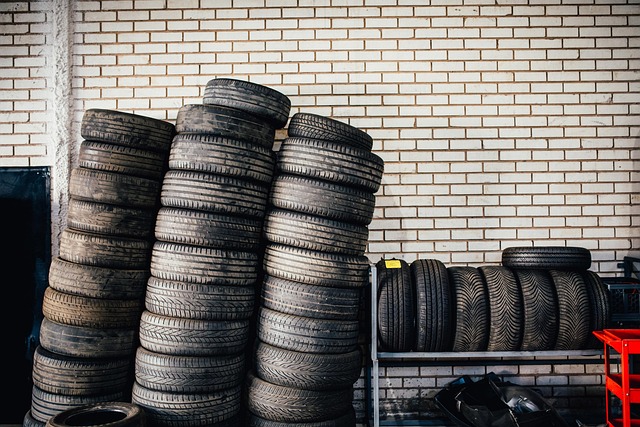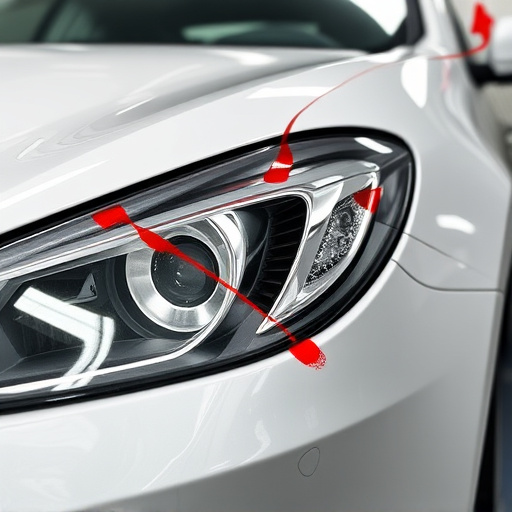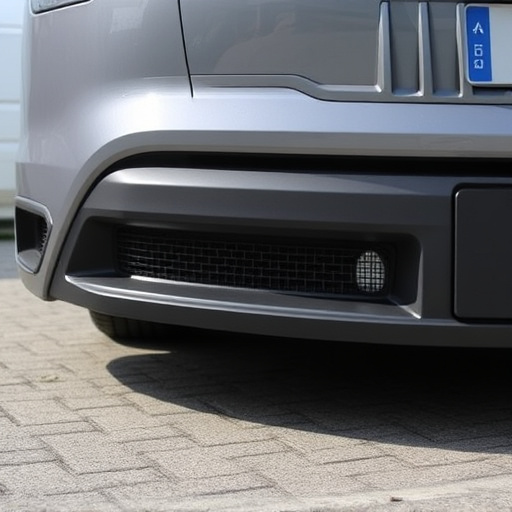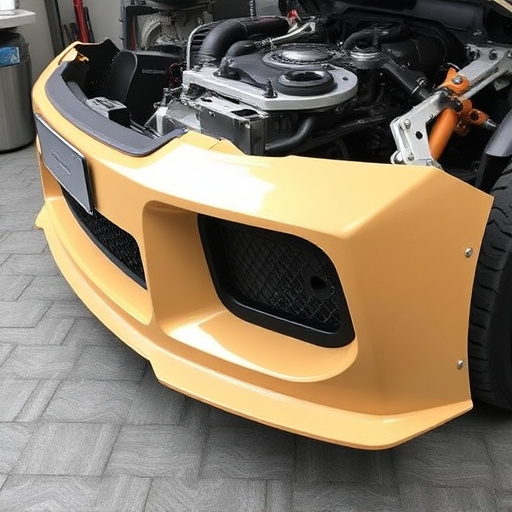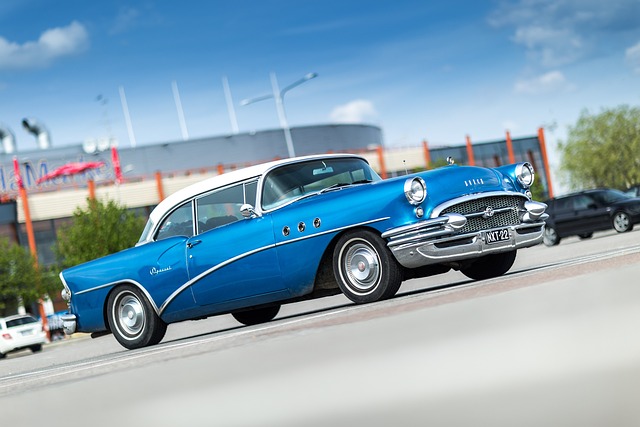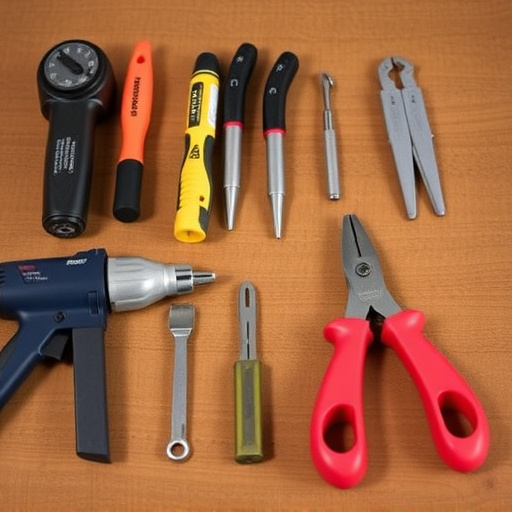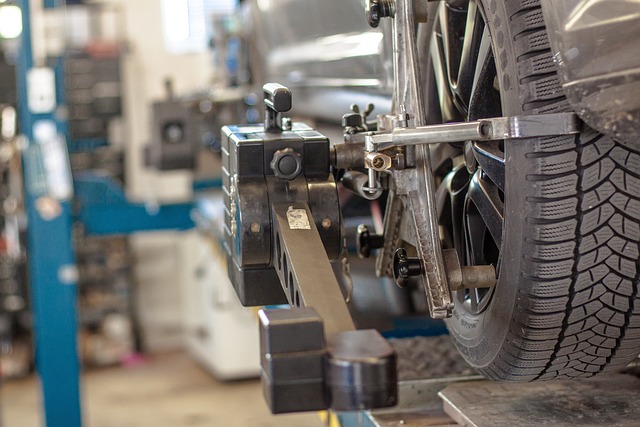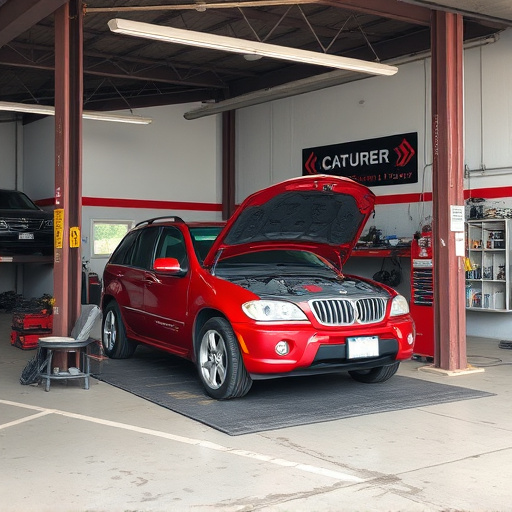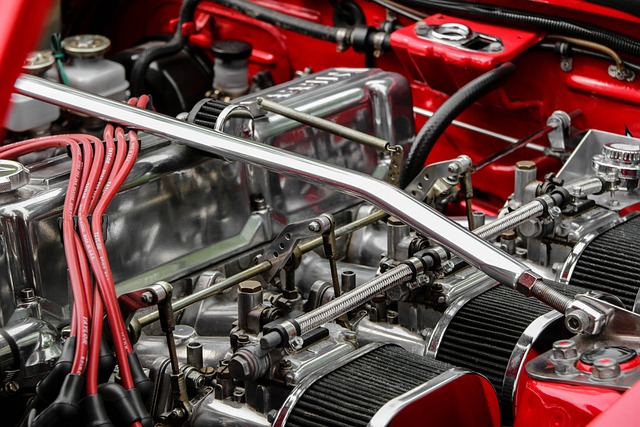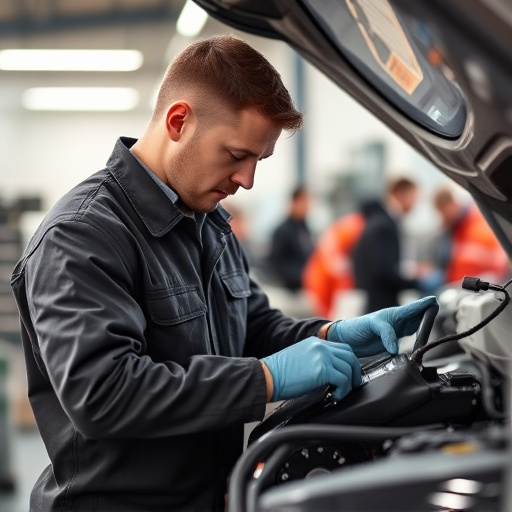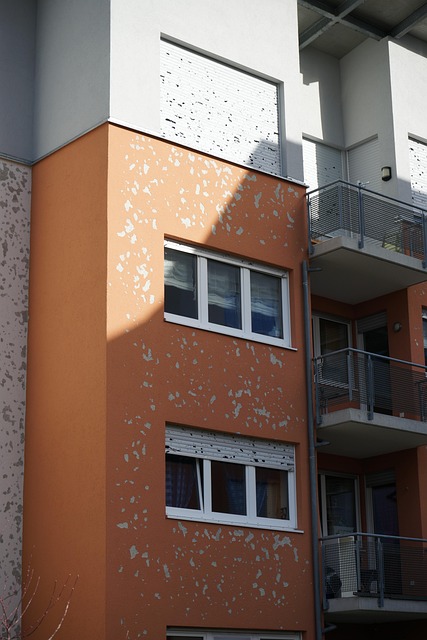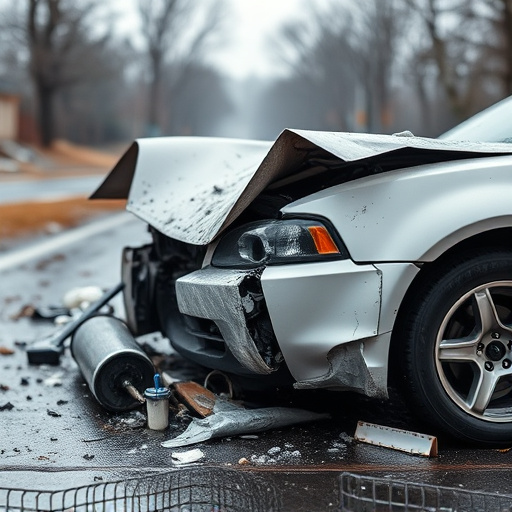3D vehicle scanning is a game-changing technology that enhances auto body work through accurate digital representations, precise damage assessment, detailed measurements, and color matching for paint repairs. By generating 3D models, this innovation allows technicians to thoroughly inspect vehicles, improving efficiency and accuracy over traditional methods. In the digital era, it facilitates efficient production, enhances car body repairs, streamlines insurance claims, and offers superior restoration services, ultimately revolutionizing automotive care and customer satisfaction. With ongoing technological advancements, 3D vehicle scanning is poised to become an indispensable tool in the automotive sector.
“Unveiling the transformative power of 3D vehicle scanning, this comprehensive guide offers insights into the cutting-edge technology reshaping the automotive landscape. From its foundational principles to groundbreaking applications, we demystify this process, highlighting its ability to enhance design, manufacturing, and repair.
Explore how 3D scanning revolutionizes vehicle development, ensuring precision and efficiency. Discover its future potential, as advancements promise an even more integrated and impactful role in the industry.”
- Understanding 3D Vehicle Scanning: The Basics
- Benefits and Applications of 3D Scanning in the Automotive Industry
- The Future of 3D Vehicle Scanning and Its Impact
Understanding 3D Vehicle Scanning: The Basics

3D vehicle scanning is a cutting-edge technology that captures detailed digital representations of vehicles, offering a precise and efficient way to assess and document auto body work and vehicle paint repair needs. This innovative process involves using specialized equipment to create highly accurate 3D models of cars, trucks, and other vehicles. By generating these models, technicians can thoroughly inspect every angle and curve of the vehicle’s surface.
The data collected during 3D scanning provides a wealth of information, including measurements, damage assessment, and even color matching for car paint repair. This technology streamlines the process of auto body work by enabling technicians to identify issues more accurately and efficiently. It’s particularly beneficial when it comes to complex vehicle shapes or intricate details, ensuring that no area goes unnoticed during the scanning process, which is a far cry from traditional manual measurements and visual inspections.
Benefits and Applications of 3D Scanning in the Automotive Industry
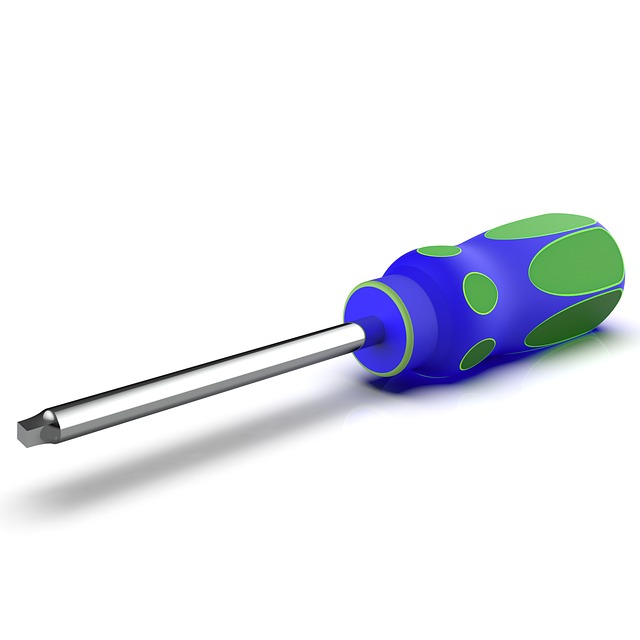
In today’s digital era, 3D vehicle scanning has emerged as a game-changer in the automotive industry. This advanced technology offers numerous benefits for both manufacturers and repair services. By creating precise, detailed 3D models of vehicles, scanning enables thorough inspections and accurate measurements, facilitating efficient production processes and high-quality car body repairs. It also plays a pivotal role in vehicle paint repair by ensuring exact color matching and minimizing the chances of human error.
The applications of 3D scanning extend beyond manufacturing lines to workshops providing vehicle repair services. This technology aids in documenting damage, tracking repairs, and ensuring precision during restoration projects. Moreover, it simplifies the estimation process for insurance claims, expediting settlement times. In essence, 3D vehicle scanning is not just a tool but a transformative solution that enhances efficiency, quality, and customer satisfaction across various automotive sectors including car body repair and vehicle paint repair services.
The Future of 3D Vehicle Scanning and Its Impact
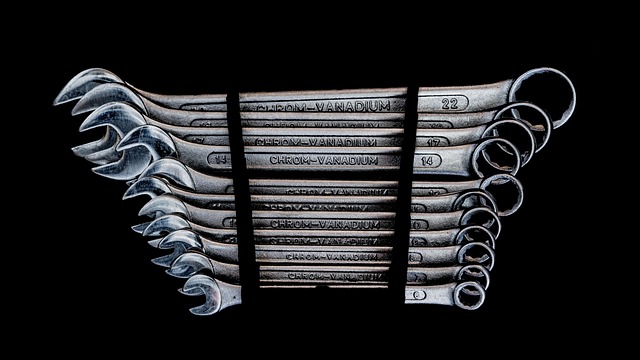
The future of 3D vehicle scanning is promising, with advancements in technology set to transform the automotive industry. As 3D scanning becomes more accessible and affordable, its application in car body repair and bodywork will continue to grow. This innovative process offers a non-invasive method to capture precise measurements and detailed digital models of vehicles, revolutionizing how we approach car body restoration.
With 3D scanning, the process of repairing and restoring damaged vehicle bodies becomes more efficient and accurate. It enables technicians to identify issues with greater ease, ensuring minimal errors during repairs. This technology also facilitates the creation of custom parts, as digital models can be easily modified and printed on-demand, catering to unique restoration needs. As such, 3D vehicle scanning is poised to become an indispensable tool, reshaping car body repair practices and setting new standards in the field.
3D vehicle scanning is transforming the automotive industry, offering unprecedented accuracy and efficiency in design, manufacturing, and repair. As technology advances, we can expect even more innovative applications, making this process a game-changer for vehicle development and maintenance worldwide. By embracing 3D scanning, businesses can stay ahead of the curve, ensuring their operations are future-proof and competitive in a rapidly evolving market.
